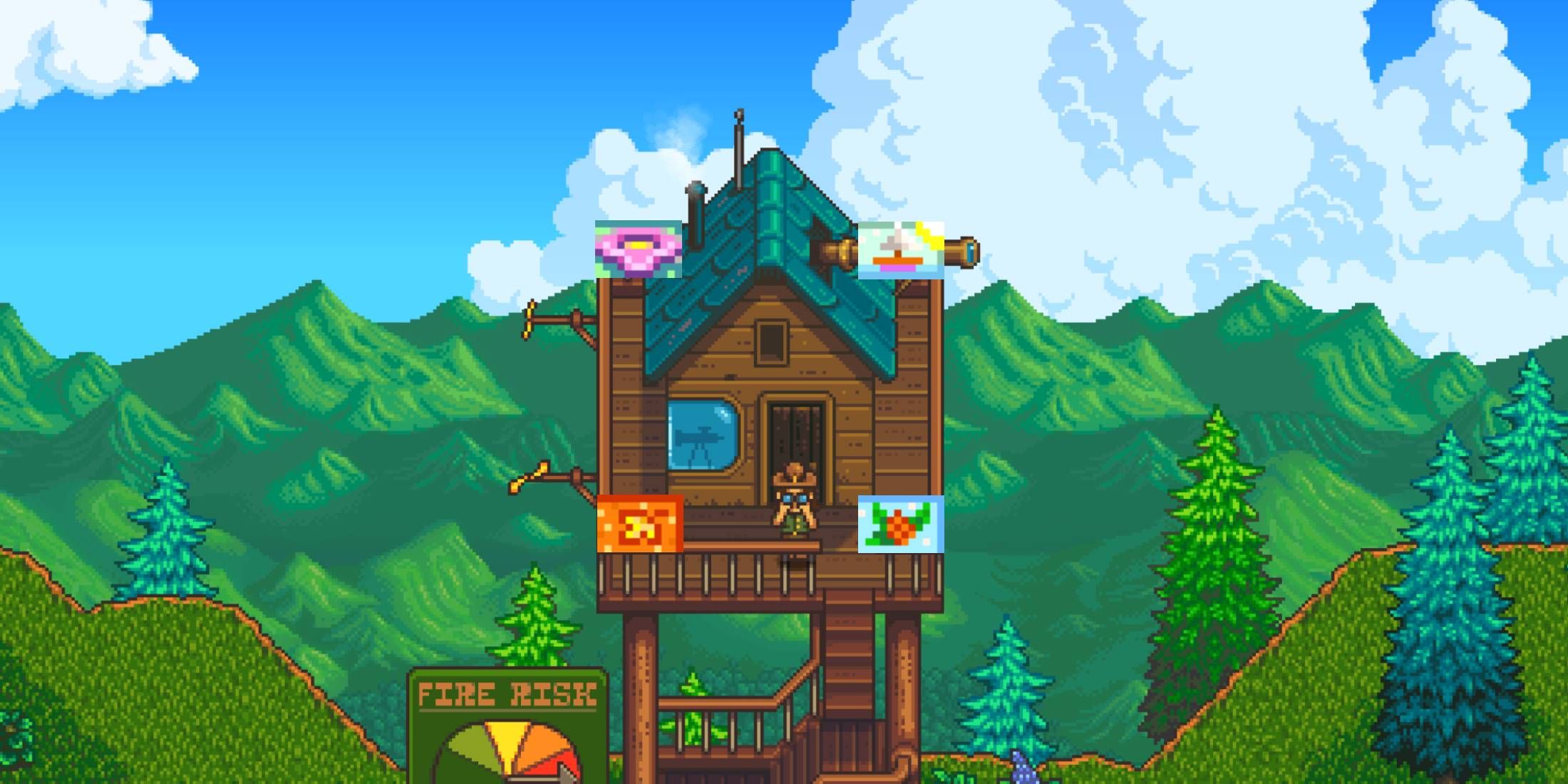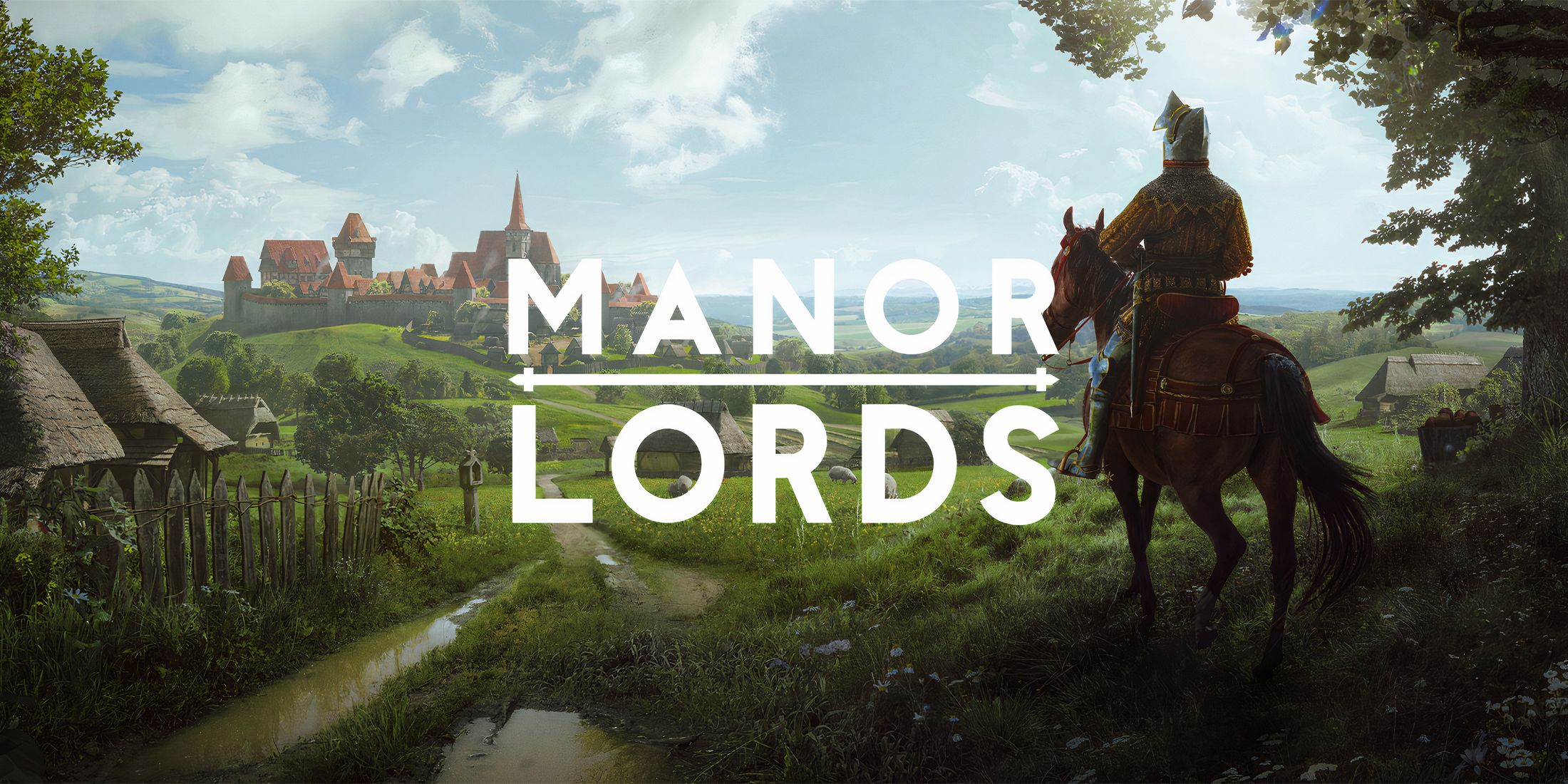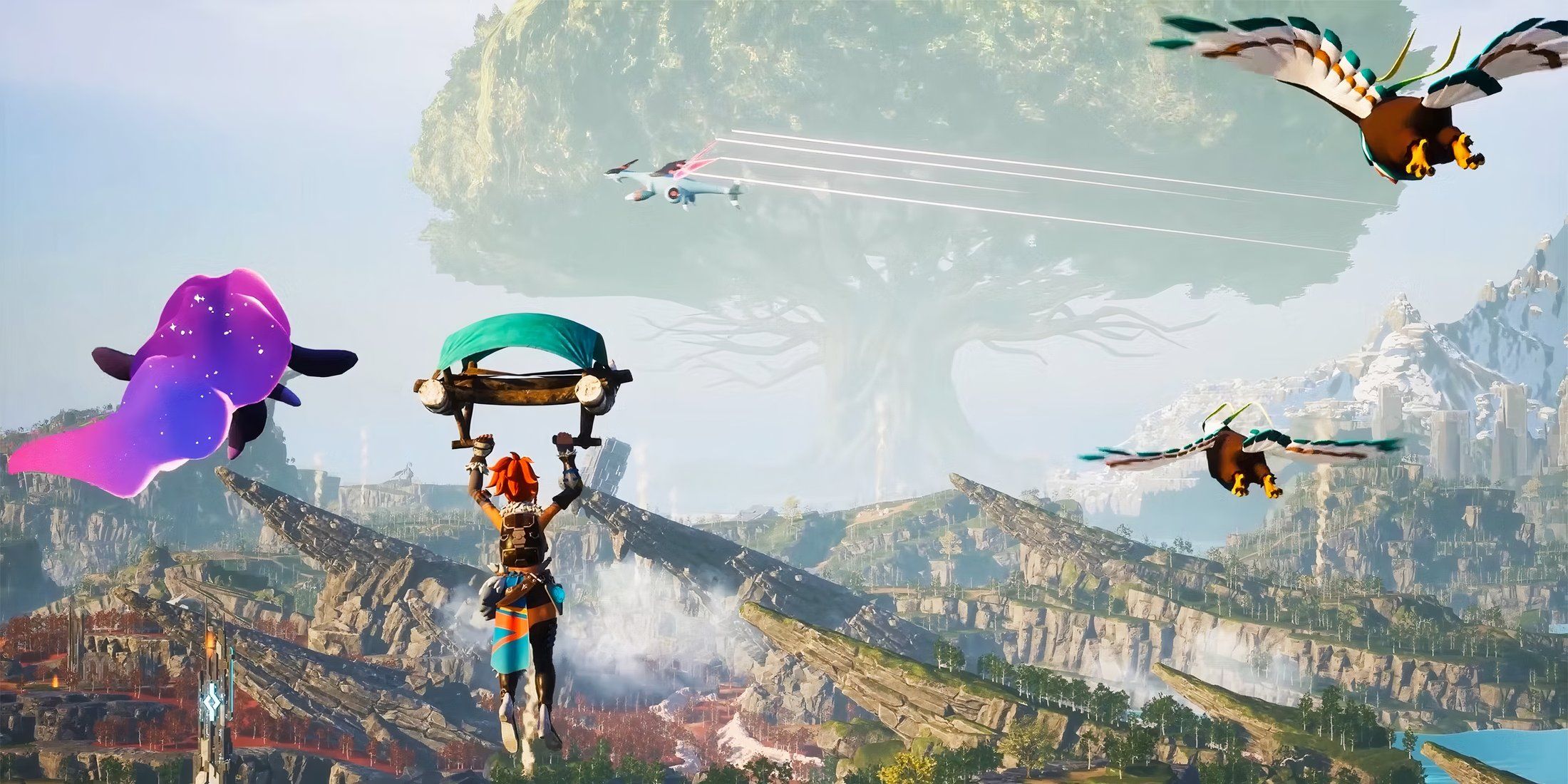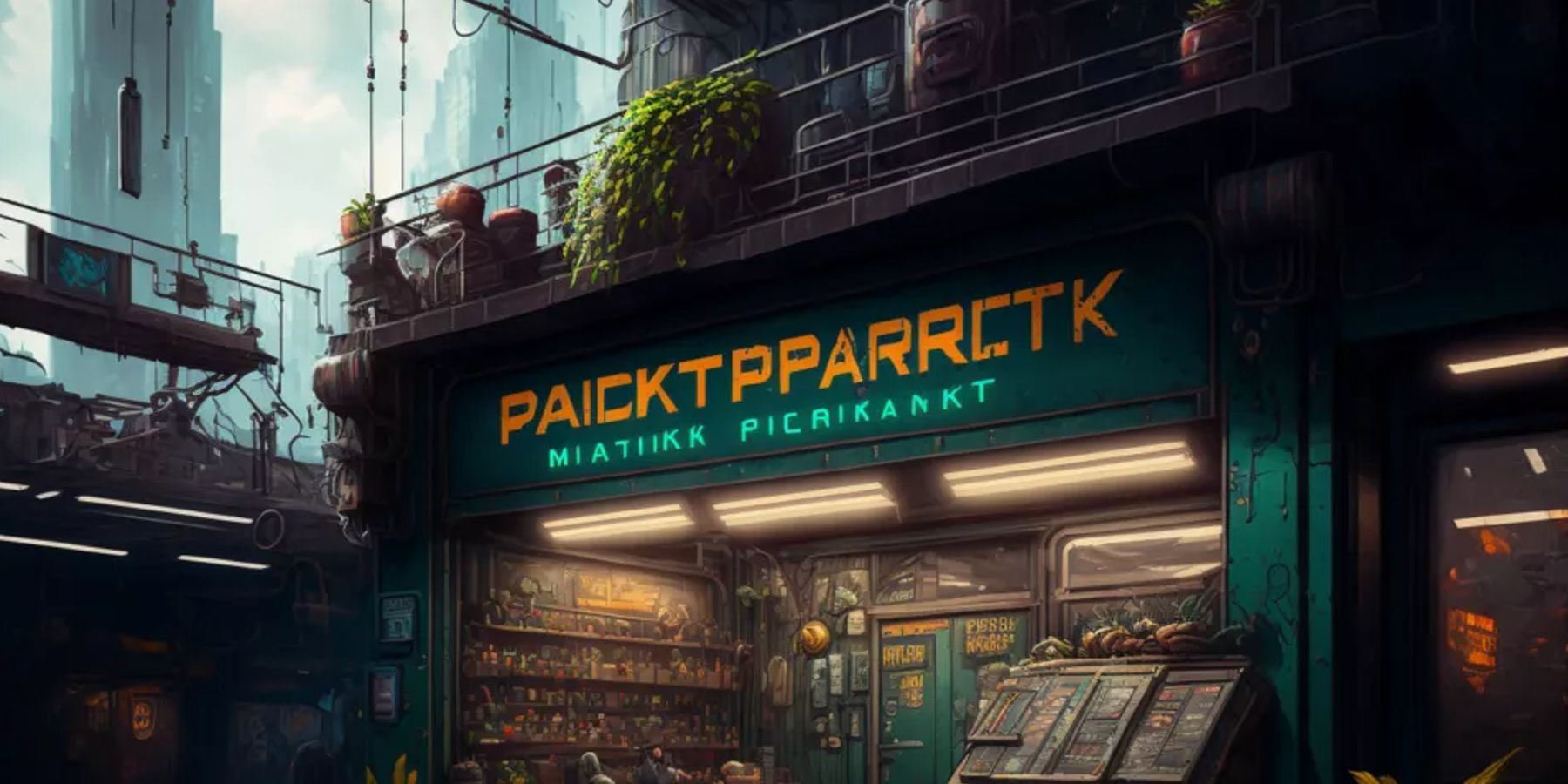Finnish indie game developer Jussi-Petteri Kempainen recently debuted a blog post on his website detailing the benefits and drawbacks of using AI-generated artwork in video games. The post details the process of deriving everything from character sheets to 2D backgrounds from artificially-generated images. A seasoned indie game designer, Kempainen estimates that the process could save smaller developers significant amounts of time, though these new methods come loaded with controversy.
In the recent past, artwork synthesized via computer algorithms was seen as little more than a novel distraction, but, as the technology improved, some artists began to adopt outlets such as Midjourney and Stable Diffusion, viewing them as integral time-saving tools. However, this practice has been met with severe pushback. Most AI programs are not capable of generating original content; they can only create composites based on pre-existing work produced by human artists. As a result, many feel that implementing AI-generated artwork in a professional sense is akin to theft, and this debate came to a head recently when it was discovered that Justin Roiland’s High on Life relied on AI tech in some capacity for both game art and voice acting.
In his blog post, Kempainen states that there’s no true copyright holder of the art generated by AI, meaning that it’s legally free to use commercially. He also calls attention to the fact that these AI tools saved an estimated five days of work, which would be a huge boon to any solo developer. Still, while most find nothing morally reprehensible in using AI tools to mold silly images of SpongeBob SquarePants, others feel that this takes advantage of artists while simultaneously sapping jobs from the industry.
It’s a debate that isn’t likely to disappear any time soon, but it’s worth noting that Kempainen is a talented developer in his own right who seems to be working on this project partially to explore the current limits of AI art generation. Were a much larger company with far greater resources to use these same development tactics, the outcry would likely be much more significant—there were plenty of video game controversies in 2022, but something like that may well have taken the cake.
Be that as it may, the increased use of artificial intelligence in game development seems like an inevitability; from bots capable of putting together fully-fledged character sheets to AI capable of holding real conversations with users, technology has improved to the point at which the benefits of such tools can no longer be ignored. Still, these tools will invariably lead to future controversies that may take years to settle.
Source: Trafficking Game (via PC Gamer)





